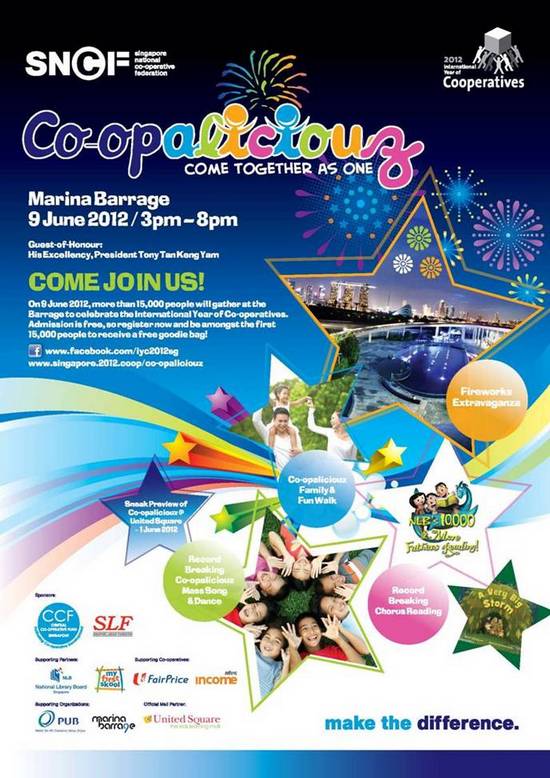Volunteers are part of the team that makes a non-profit work. However, a management infrastructure is required to unleash their potential.
By SUSAN J ELLIS

Volunteering is a vital element in what is called “civil society”. Private citizens willing to contribute their time, thinking, hands and minds to improving the communities in which they live can often accomplish as much as or more than Government, businesses or established institutions can. This is the essence of participatory democracy and the root of social change.
Volunteers are always on the cutting-edge of change because they see things that should be done before anyone else addresses those needs. The first individuals who recognised the enormity of AIDS, child abuse, how we treat dying people, and other critical problems were community leaders who mobilised other early volunteers to create care centres, hospices and other types of services now fully funded by Government and non-profit foundations. Volunteers have been and still are pioneers, mavericks and visionaries.
Volunteering is often mutual aid. People with common characteristics or shared needs will find ways to work together towards common goals. When voluntary action moves beyond personal, familial or neighbourhood networks, and begins to have an impact on the larger community, new organisations are formed, new legislation is championed, and the effort becomes far more inclusive than exclusive.
Note that volunteering is not inherently right or good. People support causes that are controversial or adversarial. Volunteers can be found on both sides of issues, pro and con, of all political parties, with different religious convictions, and with a range of self-interests. This too is part of a functioning democracy. Volunteering is a methodology for accomplishing end results, not an end unto itself.
Cheap labour?

When the economy is bad, politicians and agency executives re-discover volunteering as “free labour”. This is frustrating because the community needs both sufficient funding anddedicated volunteers. Those who think volunteers are a cheap workforce soon discover that having volunteers cost real money and time to coordinate them effectively (and volunteering certainly costs volunteers in time and, often indirectly, money). Even in the best of times, engagement of volunteers is too often invisible at the executive level and too few people have formal training in successful volunteer management. Non-profit leaders want to learn how to raise money, create a strong and meaningful brand, and manage employees. It is just as important to learn the best practices of working with volunteers on a day-to-day basis.
Successful volunteering does not come from spontaneous combustion. Most organisations are complex and, unless organisations develop clear ways for volunteers to participate in activities, people really do not know how they can contribute. Or worse, they start doing all sorts of things that are not helpful at all. Involving volunteers in the right way offers endless opportunities for accomplishing many things, while inattention to volunteer involvement can waste everyone’s time and energy. It is a form of volunteer recognition to establish standards for volunteer accomplishments but the best volunteer management serves to enable volunteer achievement, not limit it.
Executives must have the conviction that volunteers are important. They must understand that volunteers are:
- Part of the human resources team that makes the organisation work.
- Part of the organisation’s “brain”. While common symbols of volunteering are hearts and hands, the most effective volunteers also offer their minds and voices, adding both skills and ideas to those of the paid staff.
- “Time donors”, whose contributions parallel those of money donors. It makes great sense to approach both fundraising and volunteer development as people-raising or friend-raising. The same people may give both funds and time, either simultaneously or alternating their engagement as their life cycle permits. The overall goal is a wide circle of continuing supporters, of which volunteers are an active, hands-on corps.
- Unique in enabling an organisation to experiment with or test new service/programme ideas before attempting to raise funds to enlarge and maintain them.
- A source of vital input from the community, offering points of view quite different from that of the paid staff and often more informed about the perspective of the people served. Conversely, volunteers are enthusiastic ambassadors for the organisation back to the community, if they are satisfied with their work (another reason to make sure of that satisfaction!).

Organisations that look at volunteer involvement in these ways will develop the management infrastructure to assure the potential is unleashed.
The benefits of volunteering
Finally, volunteers deserve to benefit from their contributed services. Altruism and selflessness are attributes of old-fashioned charity or noblesse oblige. The best volunteer situation is one of an exchange, in which both the giver and the receiver gain something that they each value. At different times throughout our lives, we all need help of some sort; at other times, we all discover we can assist someone else. Volunteering is a way to:
- Make a difference and campaign for causes that matter to us.
- Learn new skills or apply what we already know in new ways.
- Make new friends.
- Explore careers and build a resume.
- Expand our world view.
- Use free time productively (for those few who have free time, of course).
- Enjoy ourselves.
- Be a part of something bigger than ourselves.
The list of benefits is much longer than this, but it is clear that volunteering is a choice to use our time in ways that we often cannot do through our paid jobs, family obligations or other avenues.
Susan J Ellis is the president of Energize, Inc in the US. She will be in Singapore on May 22 to 24 as a guest speaker for the three-day Volunteerism Conference organised by NVPC.
(** PHOTO CREDITS: SG Cares)
This article was first published in SALT





